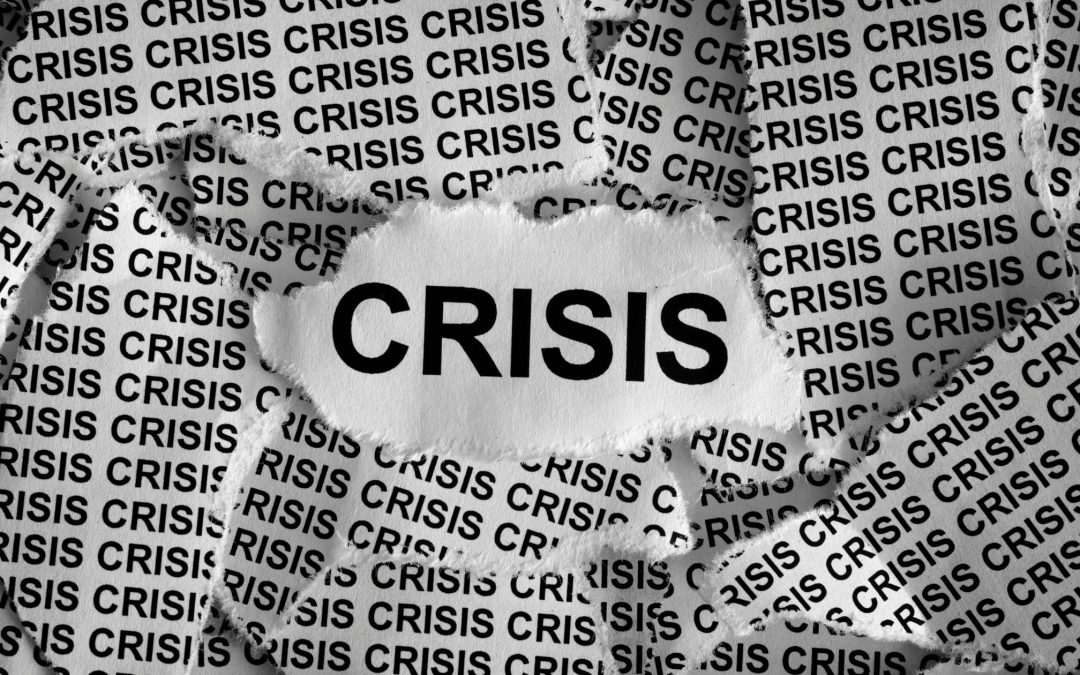In the dynamic landscape of business, crises are inevitable. How an organization responds in times of crisis can make or break its reputation. This guide, “Crisis Communication 101,” delves into essential principles and strategies to navigate challenges with confidence, ensuring a resilient and effective response to any crisis.
Understanding the Principles of Crisis Communication
- Timeliness and Transparency: In a crisis, the speed of response is critical. Communicate promptly and transparently to provide accurate information and maintain trust with stakeholders.
- Consistency in Messaging: Ensure a consistent message across all communication channels. This consistency builds credibility and helps in avoiding confusion during a crisis.
- Empathy and Compassion: Acknowledge the impact of the crisis on stakeholders. Show empathy and compassion in your communications, emphasizing that the organization understands and cares about their concerns.
- Proactive Stakeholder Engagement: Establish communication channels with stakeholders well before a crisis occurs. Proactive engagement builds relationships and facilitates smoother communication during challenging times.
- Adaptability and Flexibility: Be prepared to adapt your communication strategy as the crisis unfolds. Flexibility is key to addressing new developments and adjusting your approach accordingly.
Strategies for Effective Crisis Communication
- Centralized Communication Hub: Establish a centralized hub for crisis communication. This ensures that information is disseminated uniformly and helps in managing the narrative effectively.
- Multichannel Communication: Utilize a variety of communication channels to reach different stakeholders. This includes traditional media, social media, internal communication channels, and more.
- Preparedness Training: Conduct crisis communication training for key personnel. Preparedness ensures that your team is equipped to respond swiftly and effectively when a crisis occurs.
- Scenario Planning: Anticipate potential crises and develop communication plans for different scenarios. Having a roadmap in place allows for a more organized response when a crisis strikes.
- Post-Crisis Evaluation: After the crisis has passed, conduct a thorough evaluation of the communication strategy. Identify strengths and areas for improvement to enhance preparedness for future crises.
How CLA Can Help Implement Effective Crisis Communication
In the realm of crisis communication, CLA becomes a valuable asset for organizations aiming to navigate challenges with confidence. The platform allows for the rapid dissemination of information through various channels, ensuring timely and consistent messaging. With CLA’s dynamic features, organizations can maintain centralized control over communication, providing a unified front during crises. Moreover, the platform’s adaptability and multichannel capabilities align seamlessly with the strategies outlined, offering a comprehensive solution for effective crisis communication.
In conclusion, “Crisis Communication 101” is a guide for organizations looking to fortify their communication strategies in the face of adversity. By understanding key principles and adopting effective strategies, coupled with the capabilities of CLA, organizations can not only weather crises but emerge stronger, maintaining trust and credibility with stakeholders.
